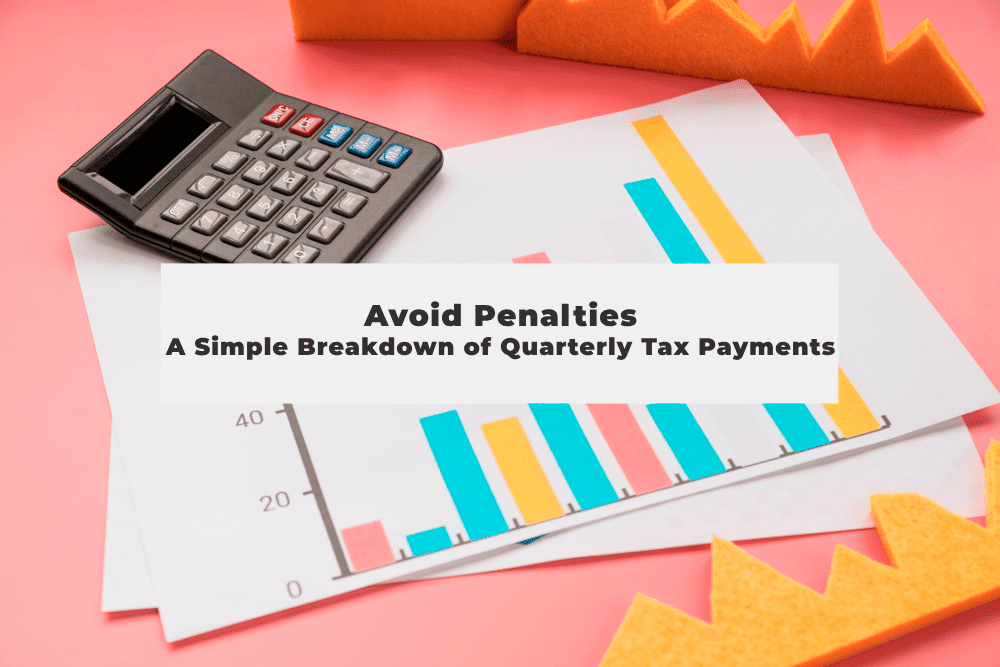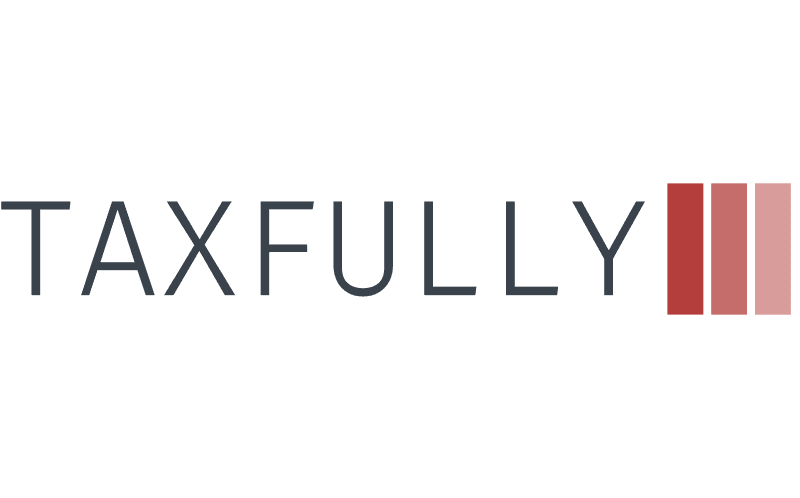For many business owners, freelancers, and self-employed individuals, managing taxes can feel like a daunting task. It’s not just about filing once a year—there’s also a need to keep up with quarterly estimated tax payments. Failing to meet these deadlines can result in penalties, adding unnecessary stress and financial strain. This guide will explain why quarterly estimated taxes are essential, how to stay compliant, and why “Quarterly Estimated Taxes Importance” can’t be overstated.
What Are Quarterly Estimated Taxes?
Simply put, quarterly estimated taxes are payments that individuals and businesses make every quarter to cover income taxes not withheld by an employer. This primarily affects those who are self-employed, freelancers, independent contractors, small business owners, and anyone with additional income not subject to standard tax withholding.
The IRS requires quarterly estimated tax payments on:
- Self-employment income
- Dividends and interest
- Rental income
- Alimony
- Unemployment benefits
Why Do Quarterly Estimated Taxes Matter?
Skipping or underpaying quarterly estimated taxes can lead to financial penalties and interest charges. Paying them on time helps avoid these penalties, stay in good standing with the IRS, and manage cash flow effectively. Ultimately, understanding the “Quarterly Estimated Taxes Importance” means knowing the difference between managing taxes proactively and risking significant IRS penalties.
When Are Quarterly Estimated Taxes Due?
Quarterly tax payments are typically due on:
- April 15 (Q1)
- June 15 (Q2)
- September 15 (Q3)
- January 15 of the following year (Q4)
If these dates fall on a weekend or holiday, the deadline is the next business day.
How Much Should You Pay?
To calculate quarterly estimated taxes, most people use one of two methods:
- The Safe Harbor Rule: Paying at least 90% of your current year’s tax or 100% of the prior year’s tax (110% if you’re a high earner) allows you to avoid penalties.
- Using Tax Software or an Accountant: If calculating on your own feels challenging, professional help can provide accurate calculations based on your income.
How to Make Quarterly Estimated Tax Payments
The IRS offers multiple ways to make payments:
- Online Payments: Use the IRS Direct Pay tool.
- Electronic Federal Tax Payment System (EFTPS): Ideal for business owners, and setting up automatic payments.
- By Mail: Though slower, you can mail a check with Form 1040-ES.
Common Mistakes to Avoid
- Underpayment of Taxes: Failing to meet the minimum payment threshold leads to penalties.
- Skipping Payments: Quarterly payments are not optional; missing one can trigger IRS penalties.
- Incorrect Calculations: If you estimate too low, you’ll pay more in taxes and penalties.
Benefits of Staying Compliant with Quarterly Estimated Taxes
Maintaining quarterly tax payments offers numerous advantages:
- Avoiding IRS Penalties: Penalties for underpaying or late payments can add up over time.
- Easier Budget Management: Regular payments make budgeting for taxes more predictable.
- Better Financial Health: Staying tax-compliant allows you to manage your finances more effectively.
How to Stay on Top of Quarterly Tax Payments
Consistency is crucial for staying compliant:
- Set Reminders: Calendar reminders or notifications help you stay on track with due dates.
- Use Apps and Tax Software: Consider apps that remind you of payments and help you estimate taxes.
- Consult with a Professional: Working with an accountant or tax advisor can ensure accurate payments.
Understanding Quarterly Estimated Taxes Importance for Small Businesses
For small business owners, quarterly tax payments can influence business growth and financial stability. By consistently meeting payment deadlines, you avoid penalties and build credibility, while better managing cash flow.
How to Handle Penalties for Missed Quarterly Payments
Sometimes, circumstances arise that may cause a missed payment. In such cases:
- File Your Taxes Promptly: Even if you can’t make a full payment, filing promptly helps avoid additional penalties.
- Use IRS Penalty Relief Programs: If it’s your first time, you may qualify for an IRS penalty waiver or reduced penalty.
You may also like to read:
Avoid Penalties: A Simple Breakdown of Quarterly Tax Payments
As a small business owner, freelancer, or independent …
Read More

Examples of Quarterly Estimated Taxes for Different Income Levels
To illustrate how quarterly taxes work, let’s go through some examples:
Example 1: Freelancer with $60,000 Annual Income
A freelancer earning $60,000 a year might expect to pay around $6,000 (10%) in federal taxes. Divided by four, each quarterly payment would be approximately $1,500.
Example 2: Small Business with $150,000 in Profits
A business with $150,000 in profit may pay around $30,000 in estimated taxes. Quarterly payments would be $7,500.
Example 3: Self-Employed Individual with $80,000 Income and Significant Deductions
For someone with substantial deductions, the quarterly estimated payments may be less, based on the adjusted taxable income.
Final Tips to Simplify Quarterly Tax Compliance
- Work with a Tax Professional: They can ensure your payments align with income and tax bracket.
- Keep Records Organized: Staying organized with income and expenses can simplify tax season.
- Automate Payments: Using tools like EFTPS, you can set up recurring payments.
Conclusion
Quarterly estimated taxes might seem like just another item on your to-do list, but they’re crucial for maintaining a smooth financial track. From avoiding penalties to effectively managing your cash flow, understanding the “Quarterly Estimated Taxes Importance” provides peace of mind and keeps your finances healthy. Stay on top of your quarterly payments, and consult with a tax professional if you have questions about how much to pay or when. By taking these proactive steps, you can avoid surprises and keep your business financially sound.




